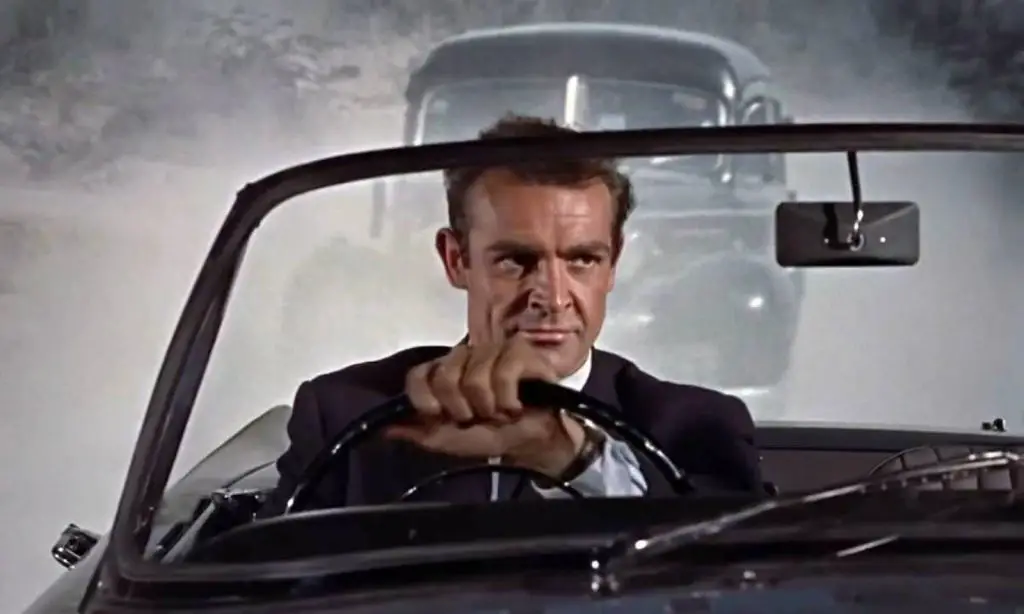
Didier K. Baussy’s documentary “Joan Miró: Constellations: The Color of Poetry” offers an intriguing celebration into the life and career of the great Catalonian artist Joan Miró (1893-1983). Using high definition videography and blessed with invaluable access to the collection in the Miró Foundation Museum in Barcelona, the film is a vibrant tribute to one of the most important cultural icons of the 20th century.
Anyone expecting a standard by-the-numbers documentary will be disappointed and somewhat confused here. Linear time and career consideration are not on tap in this film. Instead, the world of Miró is presented here in a decidely non-linear whirl of paintings and sculptures which are explored both within their own artistic brilliance and in the context of Miró’s environment. A fervent opponent to the Spanish dictator Franco and a proud supporter of the Catalonian heritage (he insisted on spelling his first name as the Catalonian Joan rather than as the Spanish Juan), Miró used his art to make political statements that were cloaked within a mix of colors and imagery that challenged the observer to come into his imagination. The “Constellations” series (from which this film takes its title) are not the typical starry sparkles of the twilight skies, but slices of the world floating in bits and pieces of abstract shapes. Miró’s embrace of surrealism liberated his imagery from the quotidian restrictions of reality, yet the sharp observer will find rich symbolism of life, joy, love and death in his work. Death in particular is quite startling: a thick curved black line across a white canvas which grows thinner and thinner before abruptly extinguishing.
The film also offers members of the famous La Claca Theatre group in costumes that Miró designed for them. Seeing the wildy Miró concepts brought into three dimensional movement is a treat for the senses.
Ironically, Miró himself is barely present. There are a few still photographs flipped on the screen by disembodied hands, but for the most part we don’t see the man. We only see his art. Most likely, this is what Miró would’ve preferred.
